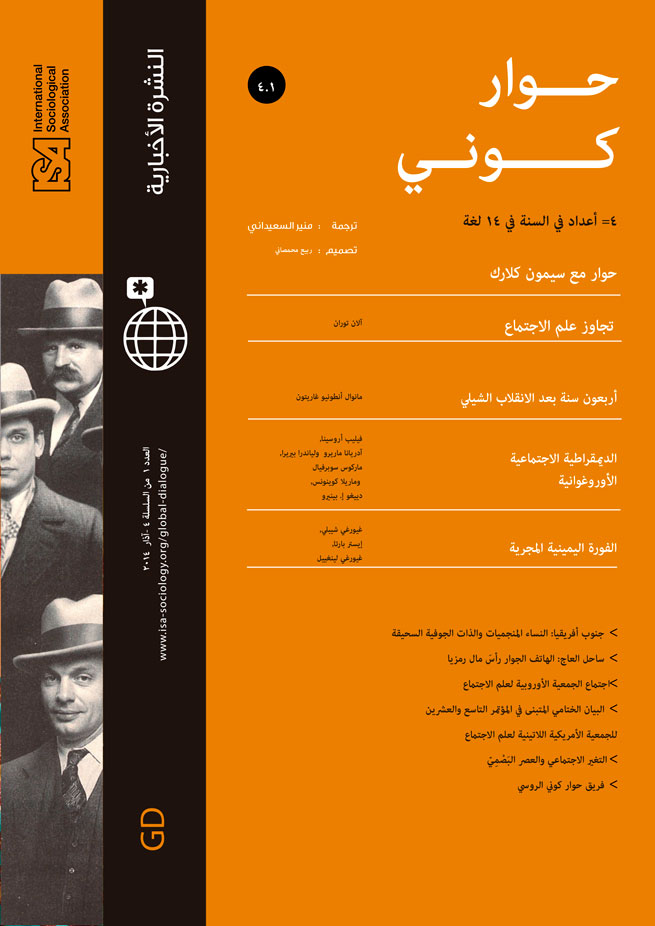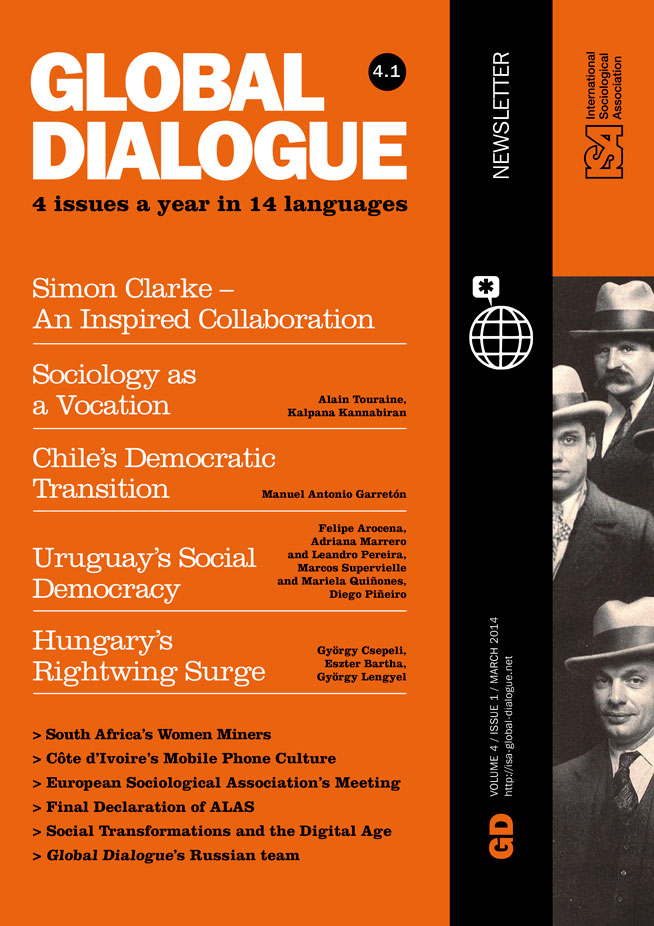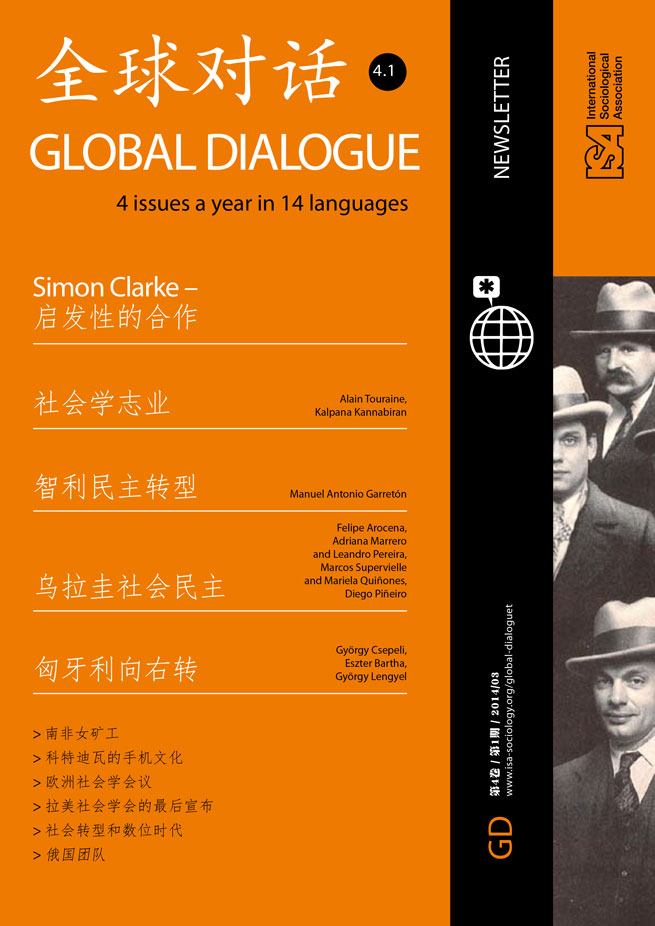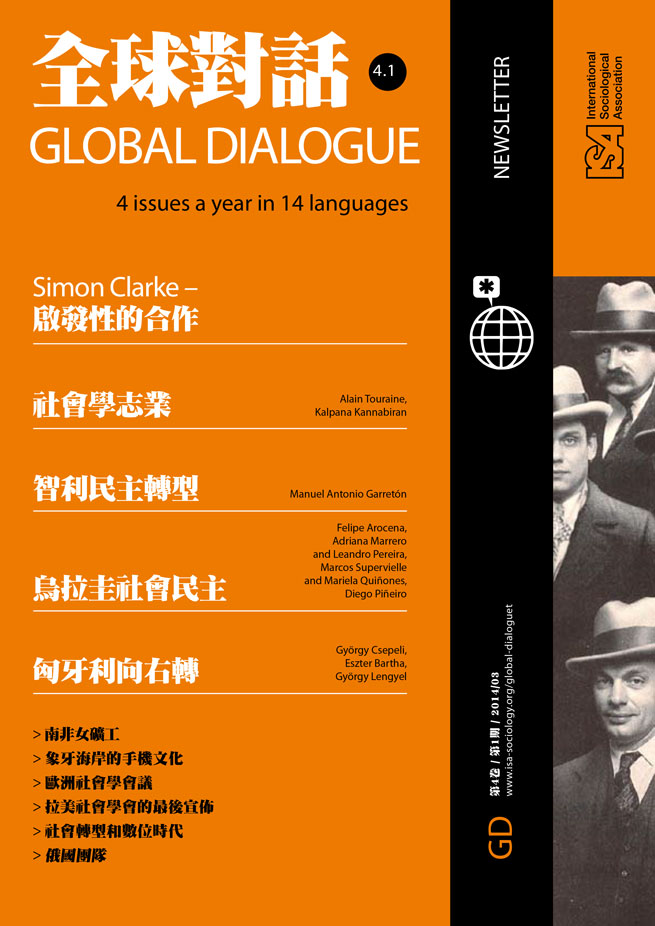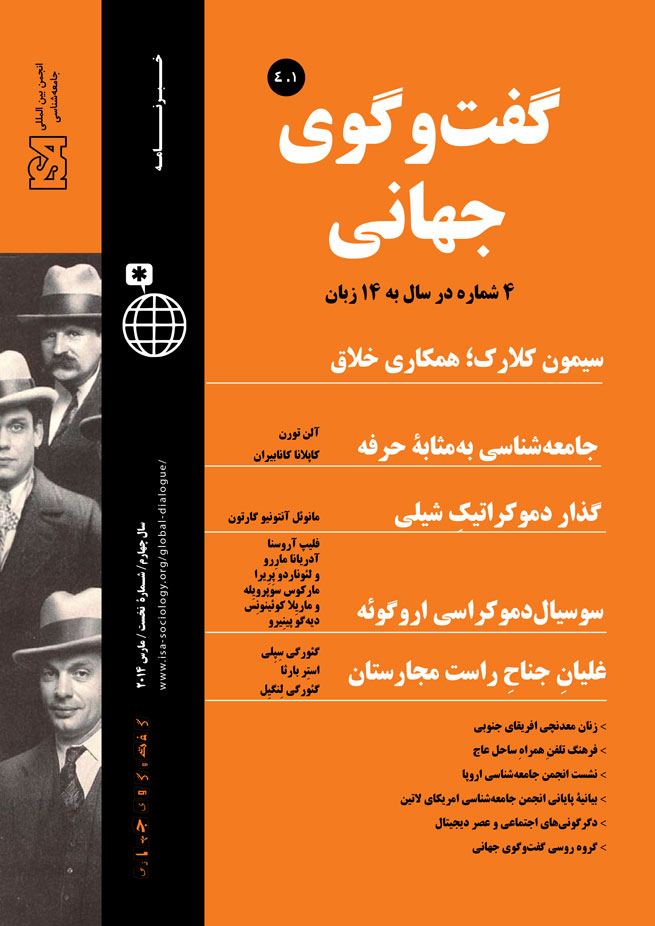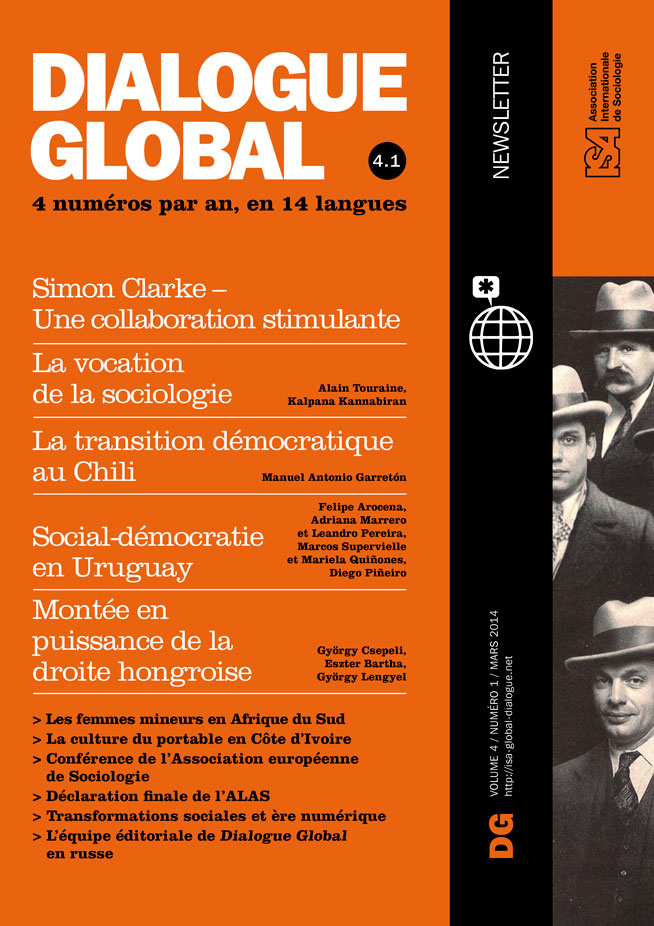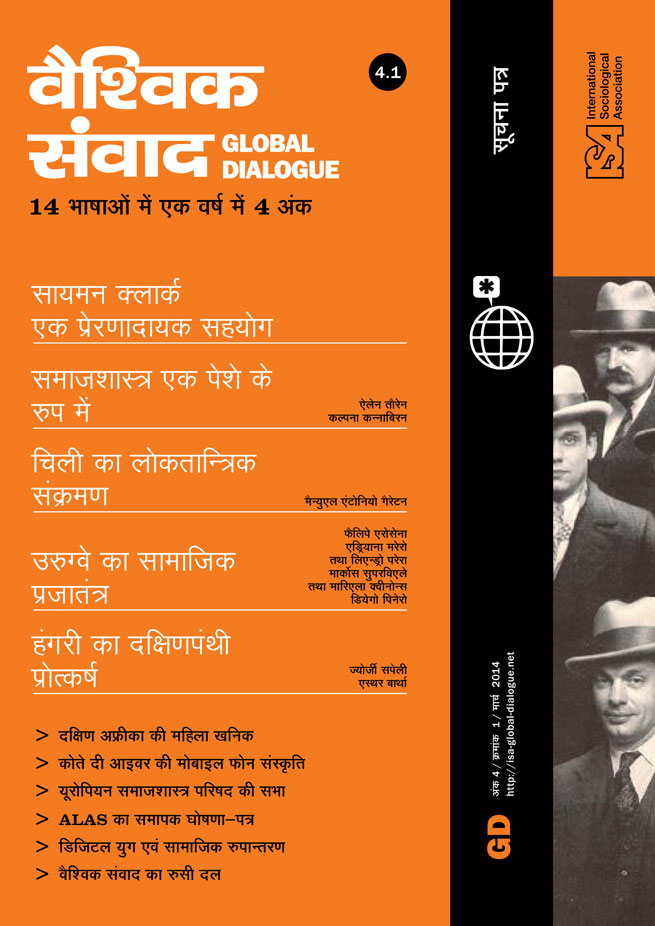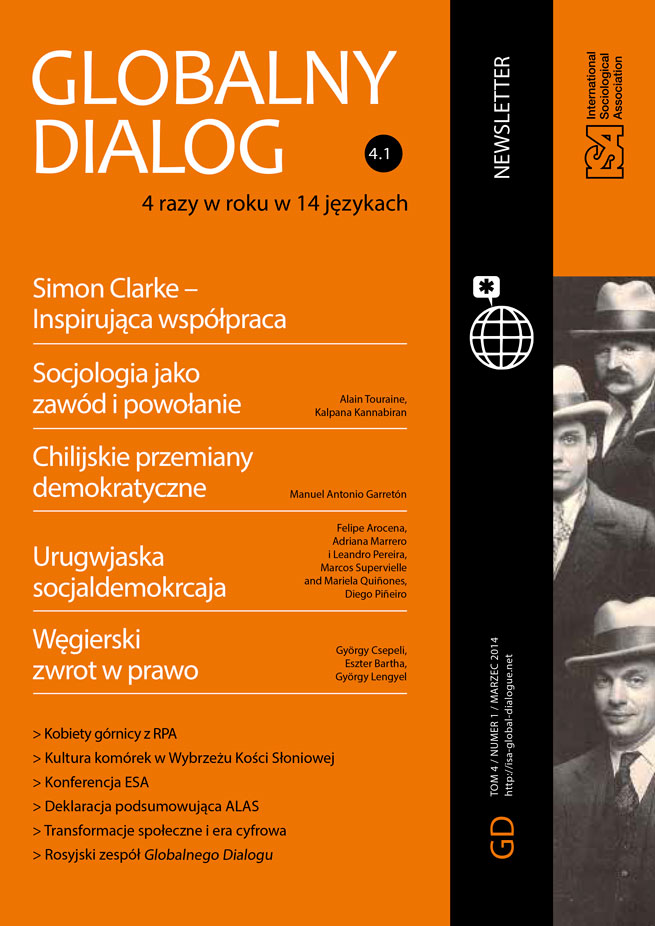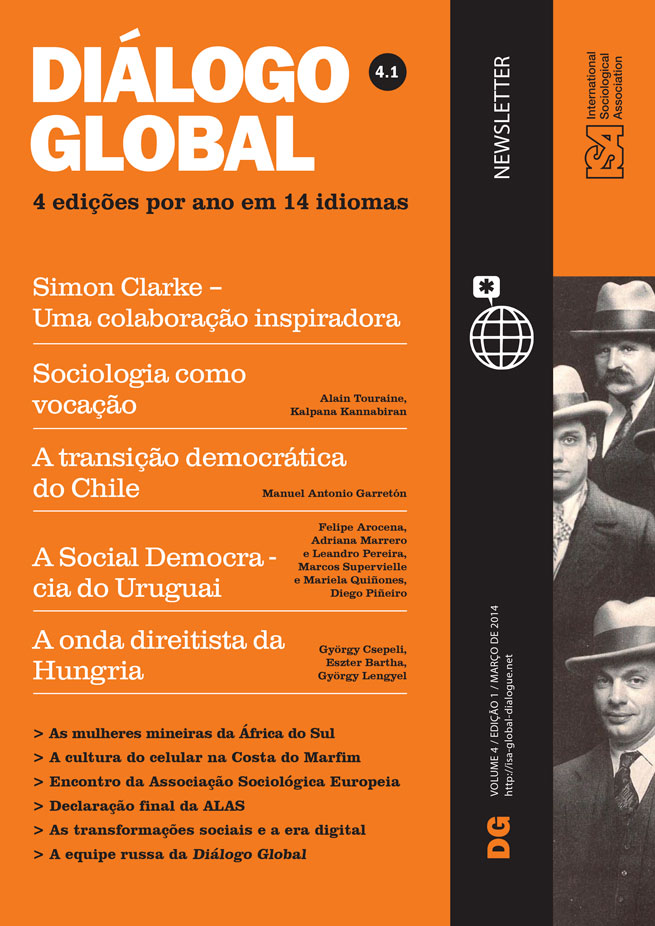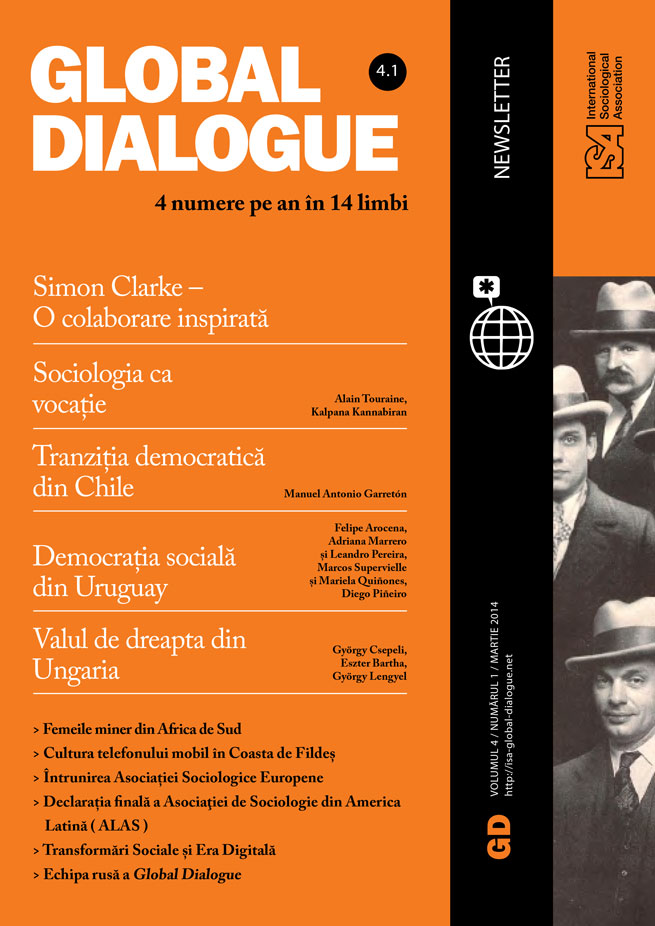How Public is Uruguay’s Public Education?

February 10, 2014
There is a country, Uruguay, where between 80 and 90% of students of all ages attend public education. Yes, public. Private education represents no more than about 15% – a rate that has varied little historically. Public education is totally free, from preschool to university, including at the master’s and doctoral levels. In addition to being free, university education is open-access, without exclusionary exams or quotas, so any high-school graduate may enroll. Furthermore, despite Latin American religiosity, Uruguayan public education has been secular since 1917 – and even in the nineteenth century, religious education was an option parents could refuse. In addition, in Uruguay, women have surpassed men in educational achievement since the beginning of the twentieth century; today, they have higher average levels of education than men. Women also represent almost three quarters of university and tertiary enrollment and an even higher percentage of graduates. This educational “paradise” was the first country in the world to adopt the MIT program “One laptop per child,” through which every student and teacher in every school – currently through secondary education – receives a laptop computer with Internet access from the state. In honor of the national flower (the ceibo) the “CEIBAL Plan”[1] enables even the poorest to take the laptops home, where they can use them to learn, share, and play.
We might suppose that a system with these characteristics – public, free, and open, in a country with low population growth (0.19% per year) and where only 22% of the population is under 15 years old, in an area with a temperate climate and without geographical or cultural barriers – would be able to provide inclusive education and equitable educational results. But it does not.
According to the 2012 PISA (Program for International Student Assessment) Report for Uruguay, “Uruguay continues to show a very pronounced inequality in sociocultural development. While 89% of students who attend educational institutions in ‘very unfavorable’ sociocultural contexts rank below Level 2, only 13% of students in the ‘most favorable’ contexts fall below this rank. The gap between the two extremes is as wide as 170 on the Mathematics exam, making Uruguay a country of high educational inequality. This result has been a constant throughout the four cycles of PISA exams in which the country has participated.”
To put it simply, the most advantaged children, on average, score higher than the averages in Norway (489) or the United States (481), while the poorest score much lower than those of Qatar (376), Indonesia (375) or Peru (368). What’s more, of the students scoring the highest, 75% attend private schools.
If the results of the PISA exam are not convincing to the reader – indeed, there may be justified objections to the international comparisons, even if there are fewer against the internal comparisons the instrument allows – we can also draw on information generated internally within the country. In Uruguay, at higher levels of education, the poorest students are progressively stripped away – primarily due to high rates of school dropout and grade repetition. According to official data from the National Statistics Institute’s Household Survey (2012), 95.3% of children aged 6-11 attend primary school, 73.8% of those aged 12-14 attend secondary school, and only 51.4% of those aged 15-17 attend high school. Finally, only 23.7% of young people aged 18 to 24 attend university. Inequality between quintiles based on household income points in the same direction: at age 3, in the highest quintile, nine of every ten children attend school, while in the lowest quintile the rate is only one out of two. By age 22, 57% of young people in the highest quintile attend university, compared to only 9% in the lowest.
So, what is wrong here? How is it possible that an educational system based on principles that sought to ensure inclusion and equality could have such unequal and exclusive results?
We believe the problem can be located in the meaning of “public.” The education that Uruguay calls “public” really has very little connection to the notion of “public” as it is understood in democratic and pluralistic societies. All formal education, from preschool to university, is managed by two autonomous entities: the National Administration of Public Education (ANEP) and the University of the Republic – both of which are separated from the sphere of formal politics. Although there is a Ministry of Education included in the Executive Branch, it has practically no say over educational affairs. Even though the Constitution states that “Sovereignty resides in the Nation,” as expressed by ballots in obligatory elections every five years, the will of the Uruguayan people regarding education policy cannot find expression, either through the bicameral legislature or through the Executive Branch – where the Ministry of Education has its hands tied.
Meanwhile, in the entities that govern education – which have immense autonomy enshrined by the Constitution – corporate interests have taken over. The ANEP, which is responsible for mandatory education and teacher training, is ruled by mechanisms that together contribute to lowering the quality of teaching and lock the system into a self-referential and complacent bubble. On the one hand, teacher training still follows the model of the traditional school, without being informed by research. On the other hand, promotions are made on the basis of simple seniority without any evaluations of teacher development or competitiveness. The hiring of new teachers remains closed by the very people who run ANEP which expressly exclude teacher credentialing by universities. As if this were not enough, teachers are almost impossible to fire.
In secondary education – the true bottleneck of the educational system – more than a third of classes are missed due to teacher absences, and as many as 40% of students end up repeating grades. Primary education, where there is less teacher absenteeism, has high rates of grade repetition as well. In 2013, the struggle for higher salaries – which have grown steeply since the Leftist government took office in 2005, to the point that the starting salary for a teacher today is more than double that of a university professor – has left the poorest children without classes for more than a month in total. This does not include other strikes that opposed attempts at reform, proposed by successive governments in the post-dictatorship period, including those of the left. Private schools, which are less lenient about teacher absences even though they pay lower salaries than the public schools, have not suffered from this type of corporate onslaught. From this perspective, there is little “public” about Uruguayan education.
Aware of the Uruguayan attachment to the public as a sphere that mediates between society and state power and of the strong importance of public education in shaping the Uruguayan identity – and also of citizens’ distrust of market mechanisms[2], teachers’ unions have contributed to what we can call a “refeudalization.” With cries of war, brandishing the banner of “public education,” they have claimed the right to sustain, without compromise, their corporate interests – expressed in privileges and perks that foster irresponsibility in the face of educational inequality and violate the right to education of the children who need it most. Claiming for themselves the right to make decisions about education without a single concession, the unions deny other citizens the right to critique, debate, and to make proposals. Thus, Uruguay may tout its public education, but it is not quite as public as it sounds.
[1] “Ceibal” (meaning a group of ceibos), is the acronym for “Conectividad Educativa de Informática Básica para el Aprendizaje en Línea” or “Educational Connectivity and Basic Information Technology for Online Learning."
[2] As an illustration, it’s worth remembering how, in 1993, in the middle of a process of privatization that affected the whole world, the citizens of Uruguay voted with a 72% majority to repeal a law that enabled privatization of public companies.
Adriana Marrero, University of the Republic, Montevideo, Uruguay, and Member of ISA Research Committees on Sociology of Education (RC04), Sociological Theory (RC16) and Women and Society (RC32)
Leandro Pereira, University of the Republic, Montevideo, Uruguay

